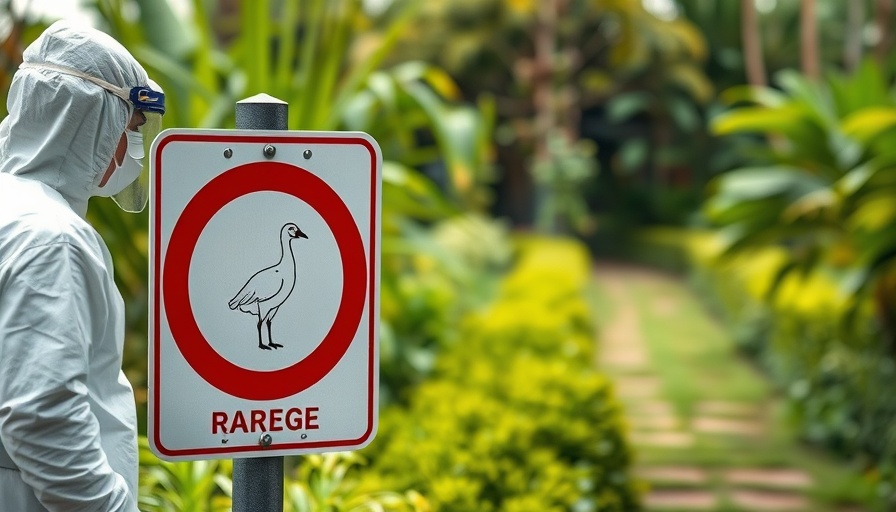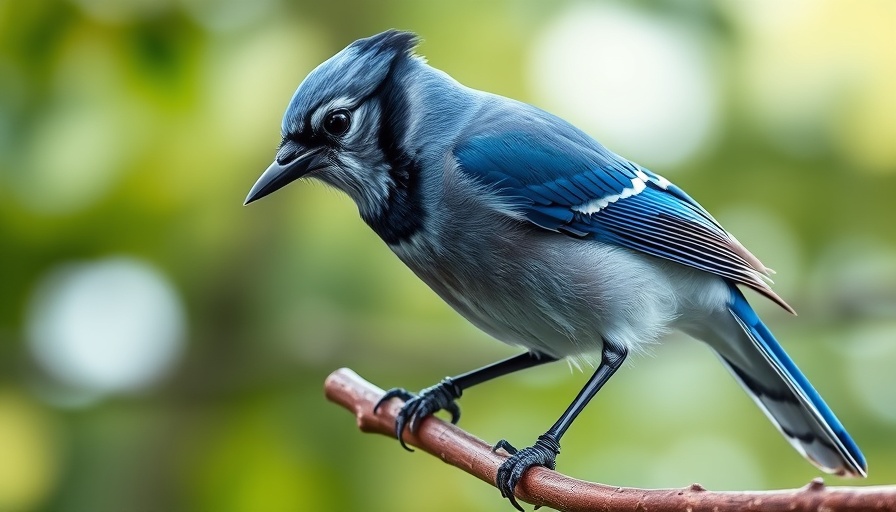
Understanding the Flu: Bird Flu vs. Seasonal Flu
The flu season, which typically peaks from October to May, can be a daunting time for many, especially as we hear more about different flu strains like bird flu, or avian influenza. This year's flu season has been particularly severe, with the Centers for Disease Control and Prevention reporting the highest hospitalization rates in over 15 years. Currently, the ongoing H5N1 bird flu outbreak has caught public health experts' attention due to its potential to mutate and spread among humans, posing new risks to public health.
What Is Seasonal Flu?
Seasonal flu primarily stems from influenza A and B viruses. According to the World Health Organization, these viruses touch nearly a billion people each year, leading to severe illness and death in several hundred thousand cases. The CDC constantly monitors circulating strains, with current dominant strains being H1N1 and H3N2. Understanding the seasonal flu's impact is essential in assessing how it compares to avian strains.
Bird Flu: A Closer Look
Bird flu, particularly the H5N1 strain, is a variant of influenza A that normally affects birds but can occasionally infect humans. As of early April 2025, 70 cases of avian flu have been recorded in the U.S., with two fatalities. While experts claim the immediate risk to the general public is low, there remain serious concerns regarding its potential to evolve into a transmissible variant among people, similar to the previous swine flu outbreak in 2009, which infected millions.
Distinguishing Features and Risks
The seasonal flu and bird flu, while both types of influenza A, can be distinguished by their transmission and impact on public health. Seasonal flu spreads easily from person to person, causing widespread illness annually. In contrast, bird flu primarily spreads among birds and poses minimal human-to-human threat at present. However, the genetic interchange among flu viruses raises concerns for future pandemic preparedness. Recognizing these differences can empower individuals to take proactive measures in safeguarding their health.
Conclusion: Stay Informed and Prepared
With these insights into bird flu and seasonal flu, it becomes clear that vigilance remains key during flu season. Understanding which flu strain poses a risk allows us to prepare accordingly and heed public health guidance. Keeping abreast of developments and vaccinations can contribute immensely to our health safety during peak flu times.
 Add Row
Add Row  Add
Add 




Write A Comment